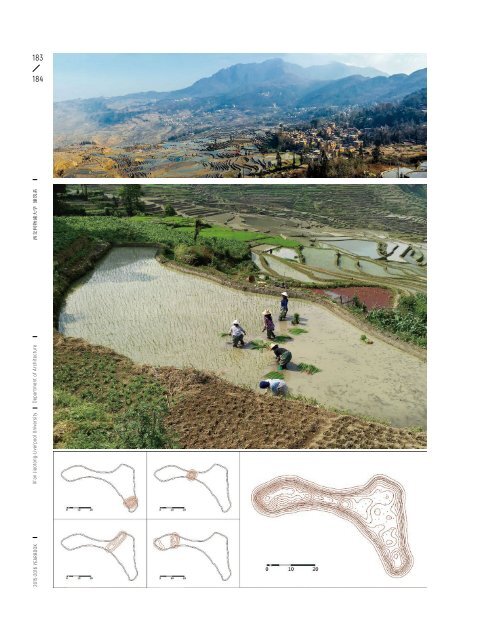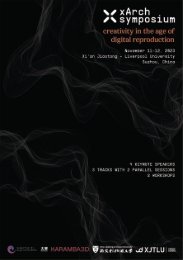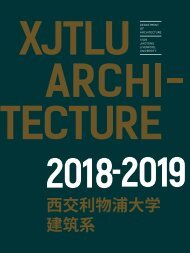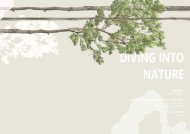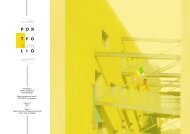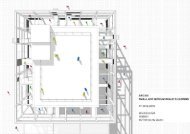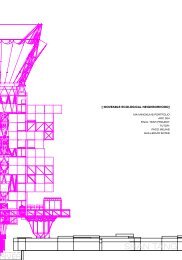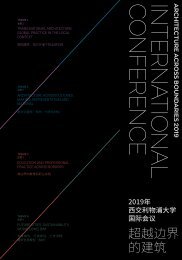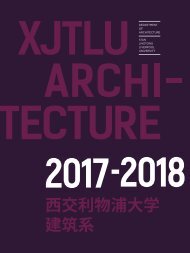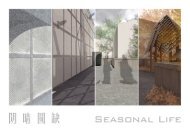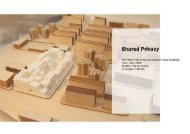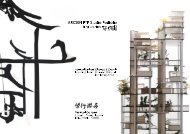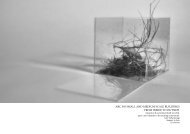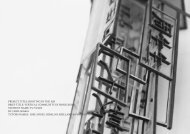YEARBOOK 2015 - 2016 | XJTLU DEPARTMENT OF ARCHITECTURE
The third edition of the yearbook of the Department of Architecture at Xi'an Jiaotong-Liverpool University presents student works created during the academic year 2015 - 2016. The yearbook exemplifies the new model for Chinese architectural education for which the department was commended by the Royal Institute of British Architects (RIBA) in their validation report for the Bachelor in Architecture. It is thus also a showcase of the creative culture that has guided our students in taking first steps to successful international careers as responsible and creative architectural designers.
The third edition of the yearbook of the Department of Architecture at Xi'an Jiaotong-Liverpool University presents student works created during the academic year 2015 - 2016. The yearbook exemplifies the new model for Chinese architectural education for which the department was commended by the Royal Institute of British Architects (RIBA) in their validation report for the Bachelor in Architecture. It is thus also a showcase of the creative culture that has guided our students in taking first steps to successful international careers as responsible and creative architectural designers.
You also want an ePaper? Increase the reach of your titles
YUMPU automatically turns print PDFs into web optimized ePapers that Google loves.
183<br />
184<br />
RESEARCH TRIP TO THE<br />
OLD PUGAO VILLAGE IN<br />
YUNNAN PROVINCE,<br />
CHINA<br />
<strong>2015</strong>-<strong>2016</strong> <strong>YEARBOOK</strong> Xi’an Jiaotong-Liverpool University Department of Architecture 西 交 利 物 浦 大 学 建 筑 系<br />
Principal Investigator<br />
Glen Wash Ivanovic<br />
Assistant<br />
Hao JIANG<br />
With the support of <strong>XJTLU</strong>’s Research Developing Fund, we visited the<br />
old Pugao village in Yunnan province, where we surveyed some of its<br />
unique characteristics while also recording patterns of occupation in the<br />
village’s rice terraces.<br />
Rice agriculture in China remains highly labour intensive. The crops<br />
need to be manually transplanted into different pools during its agricultural<br />
cycle. Industrialization of rice production is minimal, and still uses<br />
traditional farming methods and large numbers of people, resulting in<br />
significant migration of farmers during harvesting seasons. Pugao village<br />
is perhaps one of the most representative examples of vernacular architecture<br />
linked to rice agriculture.<br />
The relationship of Pugao with its terraces is extremely intertwined<br />
and cohesive; some terraces are located inside the village, creating very<br />
unique openings and public spaces within the otherwise dense and narrow<br />
village.<br />
While this activity can be understood as ordinary farming, we also recognize<br />
its unique architectural qualities, wherein concepts like rhythm<br />
and appropriateness exemplify ideal relationships between environment<br />
and activity.<br />
In order to capture this relationship we recorded its characteristic by<br />
taking time-lapse photos of different activities and parts of the terraces.<br />
Then, using Activity Counter Maps we generated graphic visualisations<br />
that allowed us to better understand the hidden patterns behind these<br />
activities and to find relationships that could be applied to contemporary<br />
architectural design.<br />
Parallel Activities


